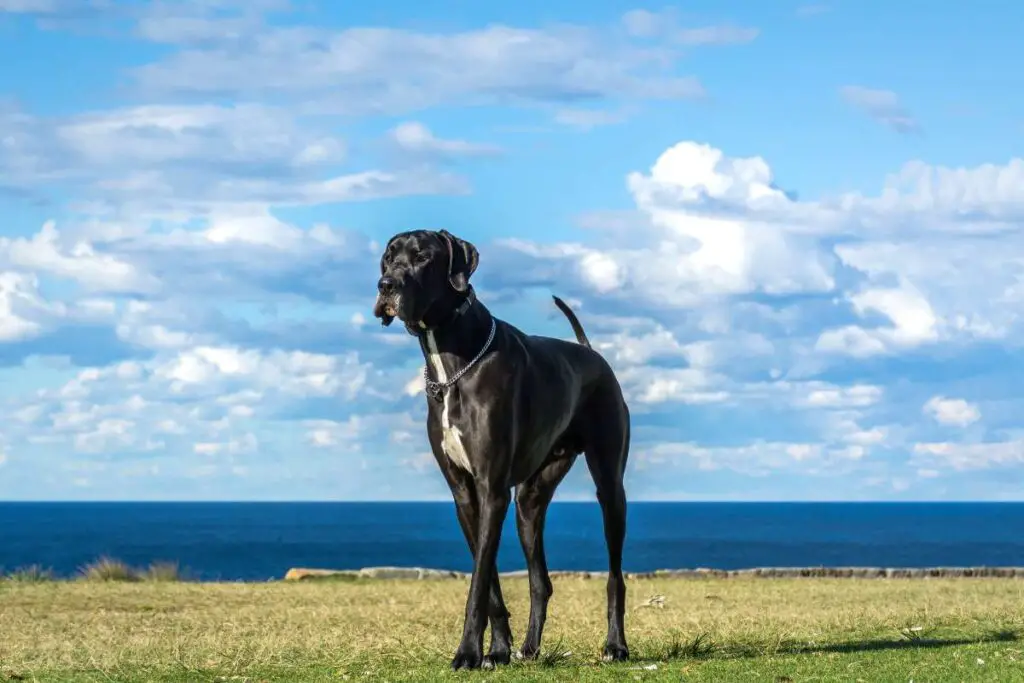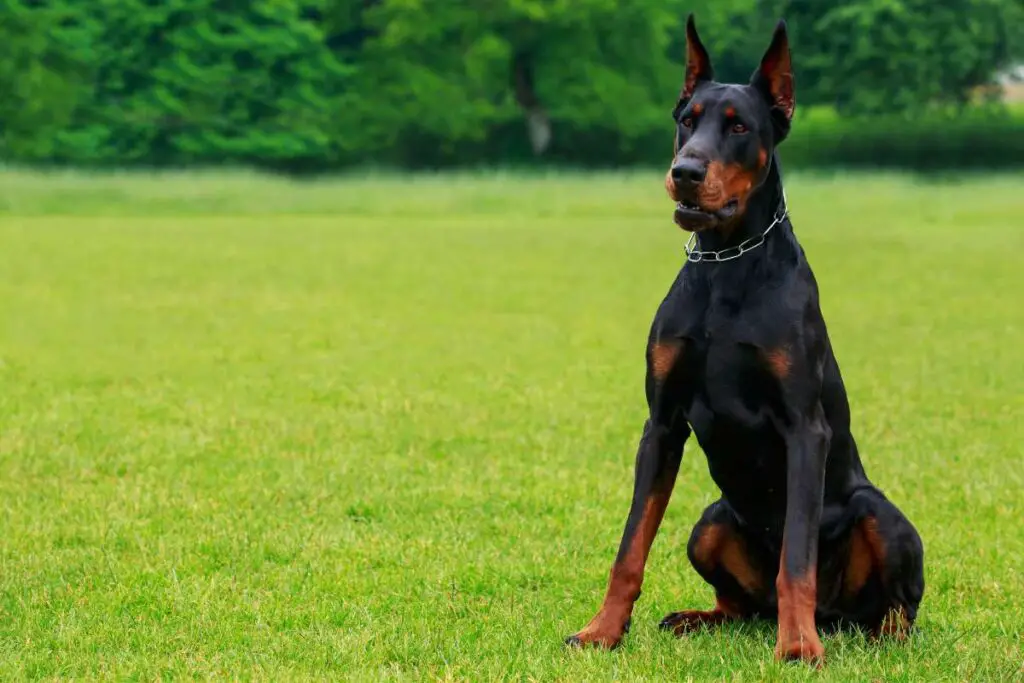Rottweilers are known for their strength, loyalty, and intelligence. But did you ever wonder where they got those traits from? In today’s article, we’re going to talk about the early origins of the Rottweiler and the breeds that have shaped them into the amazing dogs they are today.
Early Origins of the Rottweiler

The Roman Empire Connection
As we mentioned before, Rottweiler’s story starts with the ancient Roman Empire. The Romans were pretty awesome at a lot of things, and one of their specialties was breeding dogs. They had these big, strong dogs called Molossus dogs that were known for their strength and loyalty.
Molossus dogs were working dogs, mainly used for herding and protecting livestock during the Roman Empire’s conquests. They were super helpful, especially when the Romans were on the move, because they could keep the cattle together and protect them from wild animals and thieves.
The Journey to Germany
As the Roman Empire expanded across Europe, the Roman soldiers brought their Molossus dogs along for the journey. These dogs played a crucial role in helping the Romans to establish new territories.
When the Roman legions reached the area we now know as Germany, their Molossus dogs were mixed with local breeds. This crossbreeding resulted in the early ancestors of the Rottweiler.
The Town of Rottweil
Fast forward a few centuries, and we find ourselves in the German town of Rottweil. This town was an important center for trade and cattle farming, and the descendants of those Roman Molossus dogs were thriving there.
These early Rottweilers were used as drover dogs, meaning they helped move cattle from one place to another. They were also used as guard dogs, protecting their owners’ homes and property. Rottweilers got their name from this town, as they became known as “Rottweil dogs” or “Rottweil Metzgerhunds,” which translates to “Rottweil Butcher’s Dogs.”
The Evolution of the Breed
Over the years, the Rottweiler continued to evolve as it was mixed with other breeds that were present in the region. This mixing led to the development of the modern Rottweiler we know today. As time went on, Rottweilers became friendlier and more versatile, taking on new roles such as police dogs, search and rescue dogs, and even therapy dogs.
Key Breeds that Shaped Rottweilers
You got it! Let’s dive deeper into the key breeds that played a significant role in shaping the modern Rottweiler we all adore. By understanding these breeds, we can gain a better appreciation of the Rottweiler’s unique characteristics.
1. Mastiff

Mastiffs are ancient, large-sized dog breeds known for their impressive strength and size. They are believed to have descended from the Molossus dogs we talked about earlier.
Here’s how the Mastiff may have influenced the Rottweiler:
- Size and Strength: Mastiffs are known for their muscular build and powerful presence. Their size and strength were likely passed down to the Rottweiler, giving them their recognizable robust physique.
- Protective Instincts: Mastiffs have been used as guard dogs throughout history, thanks to their loyal and protective nature. This trait could have been passed on to the Rottweilers, making them excellent protectors of their families and properties.
2. Bernese Mountain Dog

The Bernese Mountain Dog is a large, friendly, and hardworking breed that originated in Switzerland. They were used as farm dogs, pulling carts and herding cattle.
Here’s how they may have contributed to the Rottweiler’s development:
- Markings: Bernese Mountain Dogs have distinct tricolor markings, with black, white, and rust colors. These markings could have influenced the Rottweiler’s color: classic black and rust-colored coat.
- Temperament: Bernese Mountain Dogs are known for their friendly, gentle, and easygoing nature. This good-natured temperament may have been passed on to the Rottweiler, making them affectionate and loyal companions.
3. German Shepherd

The German Shepherd is a popular breed renowned for its intelligence, loyalty, and versatility. They were initially bred in Germany as herding dogs but have taken on various roles over the years, such as police dogs and service dogs.
Here’s how the German Shepherd may have influenced the Rottweiler:
- Intelligence: German Shepherds are famous for their intelligence, which is one of the reasons they excel in various roles. This trait could have been passed on to the Rottweiler, making them quick learners and excellent working dogs.
- Work Ethic: German Shepherds are known for their strong work ethic and adaptability. This characteristic might have been inherited by the Rottweiler, allowing them to excel in many different tasks, from herding to search and rescue.
Lesser-Known Breeds in the Rottweiler Lineage
While these breeds might not be as prominent as the others we discussed earlier, they could still have made valuable contributions to the Rottweiler’s unique characteristics.
1. Great Dane

The Great Dane is a giant breed known for its majestic appearance and friendly personality. They originated in Germany and were used for hunting large game, such as boar, as well as protecting estates. Here’s how the Great Dane might have influenced the Rottweiler:
- Height and Stature: Great Danes are known for their impressive height, which is one of the tallest among dog breeds. This trait might have contributed to the Rottweiler’s stature, making them stand out as powerful, strong dogs.
- Gentle Temperament: Despite their size, Great Danes are often referred to as “gentle giants” due to their calm and friendly nature. This temperament could have been passed down to the Rottweiler, making them good family dogs when raised and socialized properly.
2. Doberman Pinscher

The Doberman Pinscher is a medium to large-sized breed, known for its intelligence, athleticism, and loyalty. They were originally bred in Germany as guard dogs and later became popular as police and military dogs. Here’s how the Doberman Pinscher might have influenced the Rottweiler:
- Athleticism and Agility: Doberman Pinschers are known for their athletic build and agile movements, making them excellent working dogs. This trait might have been passed down to the Rottweiler, contributing to their physical prowess and ability to perform various tasks.
- Loyalty and Courage: Dobermans are renowned for their unwavering loyalty and courage, which has made them exceptional protectors. This characteristic could have been inherited by the Rottweiler, further enhancing their natural guarding instincts.
These lesser-known breeds might have played a role in shaping the Rottweiler, adding unique features and traits to the breed.
Final Thoughts
The Rottweiler has a rich and diverse history, with many different breeds playing a part in shaping this incredible dog.
By understanding their ancestry, we can appreciate just how special Rottweilers are and work to ensure they remain amazing companions for future generations.





